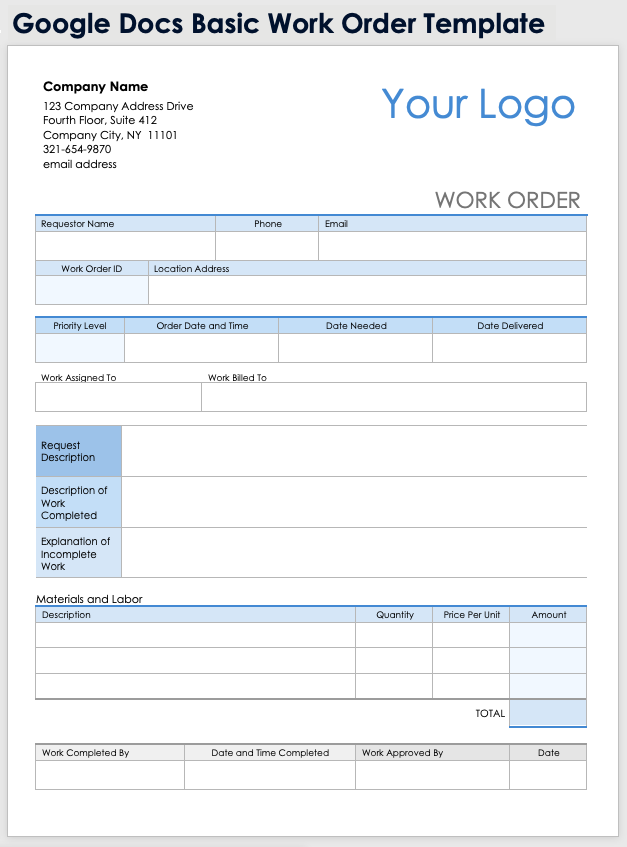
When it comes to managing tasks efficiently, work orders are a valuable tool for businesses of all sizes. Whether you’re a small business owner or a project manager in a large corporation, having a well-organized work order system can streamline your operations and improve productivity.
In this comprehensive guide, we will explore everything you need to know about work orders, including what they are, why they are important, how to create them, examples of work orders, and tips for successful implementation.
What is a Work Order?
A work order is a document that outlines the details of a specific task or project that needs to be completed. It typically includes information such as the task description, deadline, assigned employee, materials needed, and any other relevant instructions.
Work orders are used to communicate expectations clearly and ensure that work is completed efficiently and effectively.
Why Are Work Orders Important?
work orders are essential for several reasons:
- Organization: Work orders help keep tasks and projects organized by providing a clear outline of what needs to be done.
- Communication: Work orders facilitate communication between team members, ensuring that everyone is on the same page.
- Efficiency: By providing detailed instructions and deadlines, work orders help streamline workflow and improve productivity.
- Accountability: Work orders assign responsibility for tasks, making it easier to track progress and hold employees accountable.
How to Create a Work Order
Creating a work order is a straightforward process that involves the following steps:
- Task Description: Clearly define the task or project that needs to be completed.
- Deadline: Set a deadline for when the task should be finished.
- Assigned Employee: Specify which employee is responsible for completing the task.
- Materials Needed: List any materials or resources required to complete the task.
- Instructions: Provide detailed instructions on how the task should be completed.
- Review: Review the work order for accuracy and clarity before distributing it.
Examples of Work Orders
Here are some examples of work orders that you might encounter in a variety of industries:
1. Maintenance Work Order
A maintenance work order might include tasks such as equipment repairs, routine maintenance checks, or facility upgrades.
2. Construction Work Order
A construction work order could outline tasks like building inspections, site preparation, or subcontractor coordination.
3. Service Work Order
A service work order might involve tasks related to customer service, such as product installations, repairs, or support calls.
4. IT Work Order
An IT work order could include tasks like software installations, network troubleshooting, or system upgrades.
5. Event Work Order
An event work order might detail tasks for event planning, setup, coordination, and breakdown.
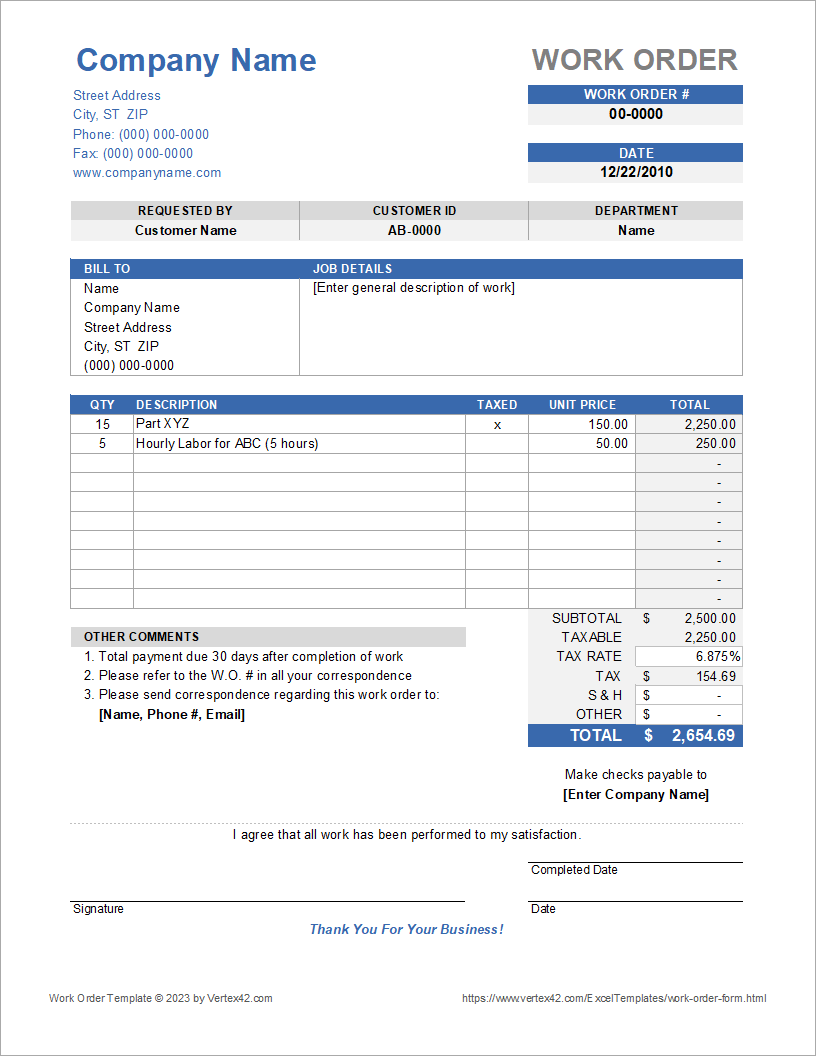
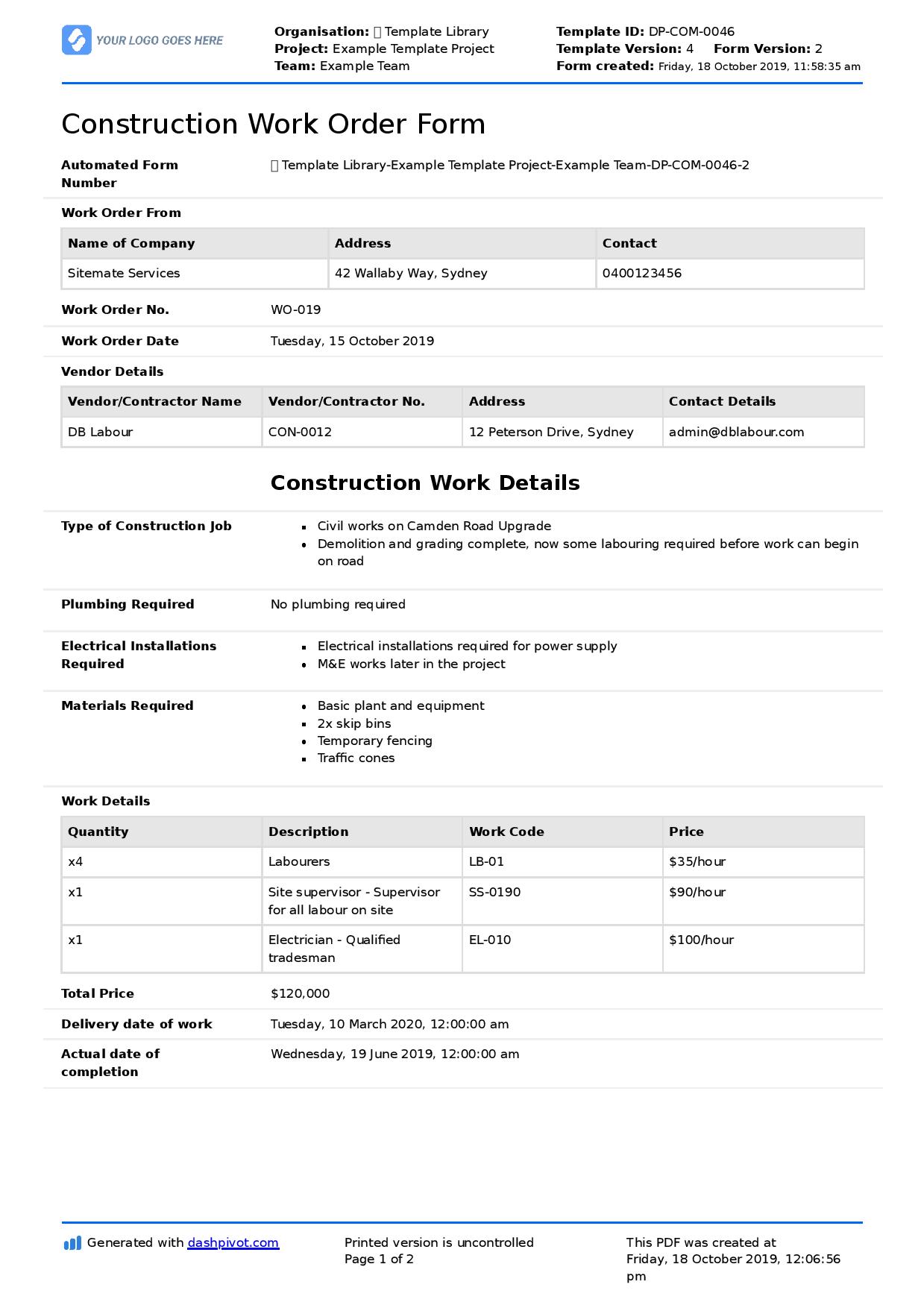
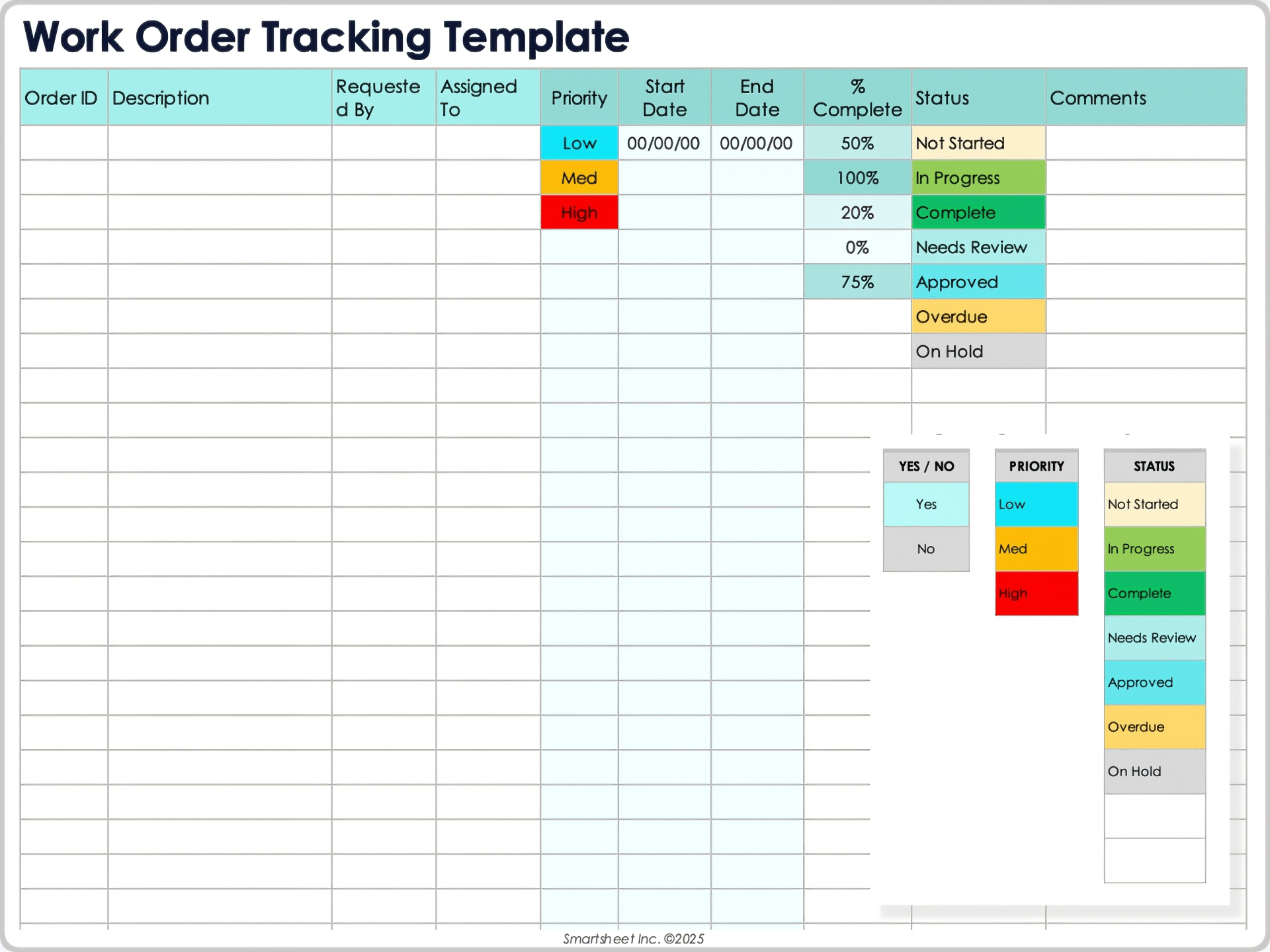
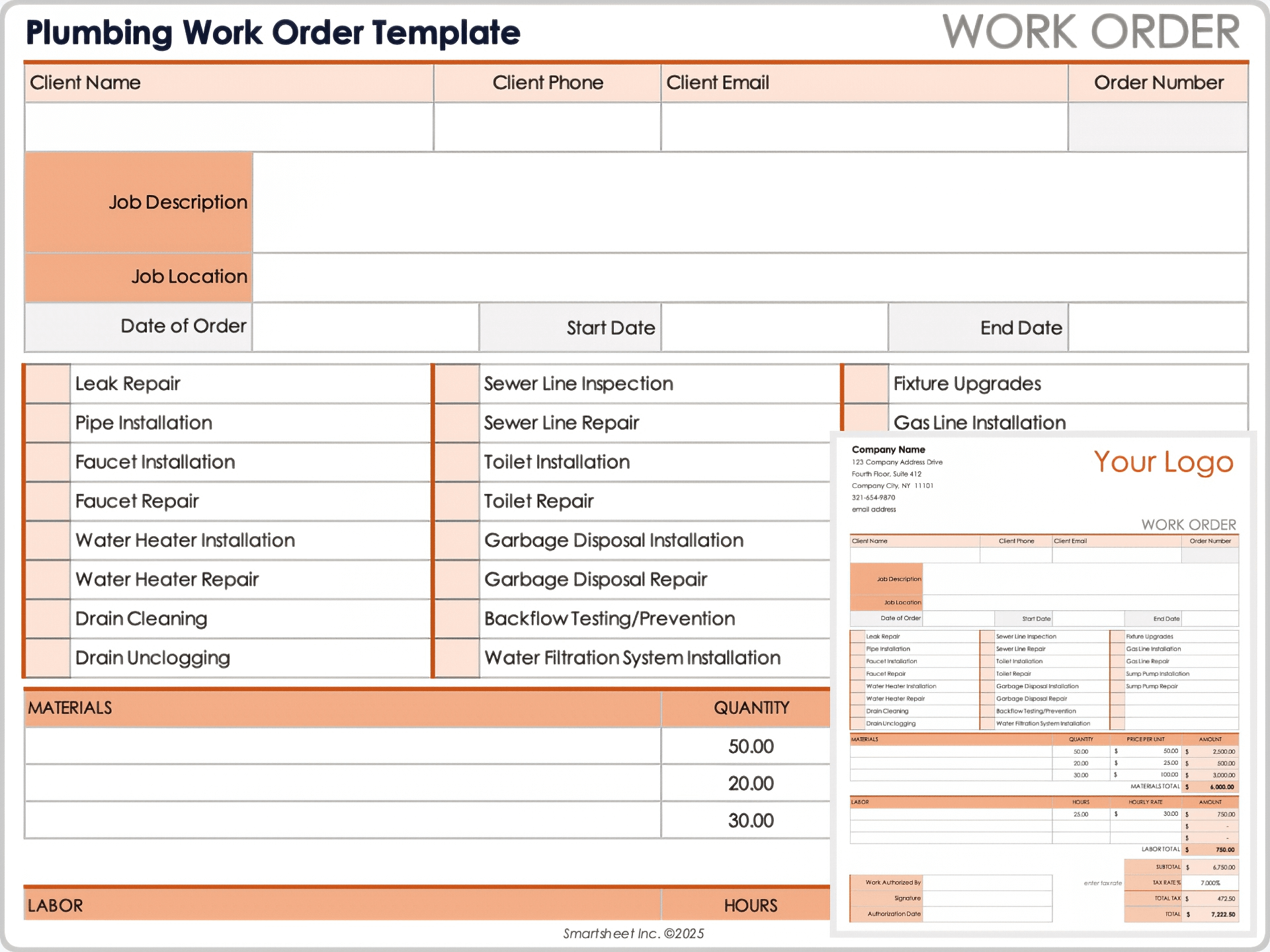
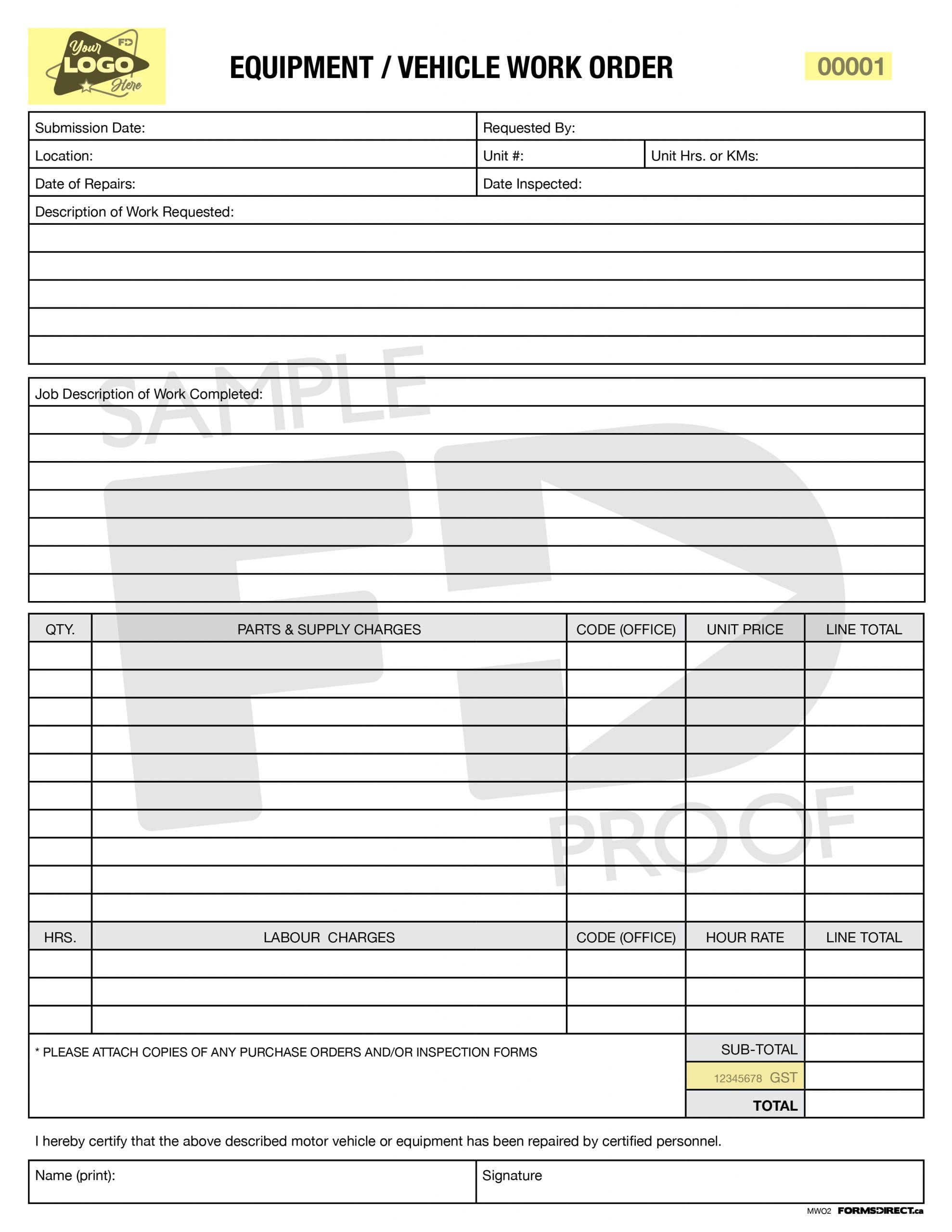
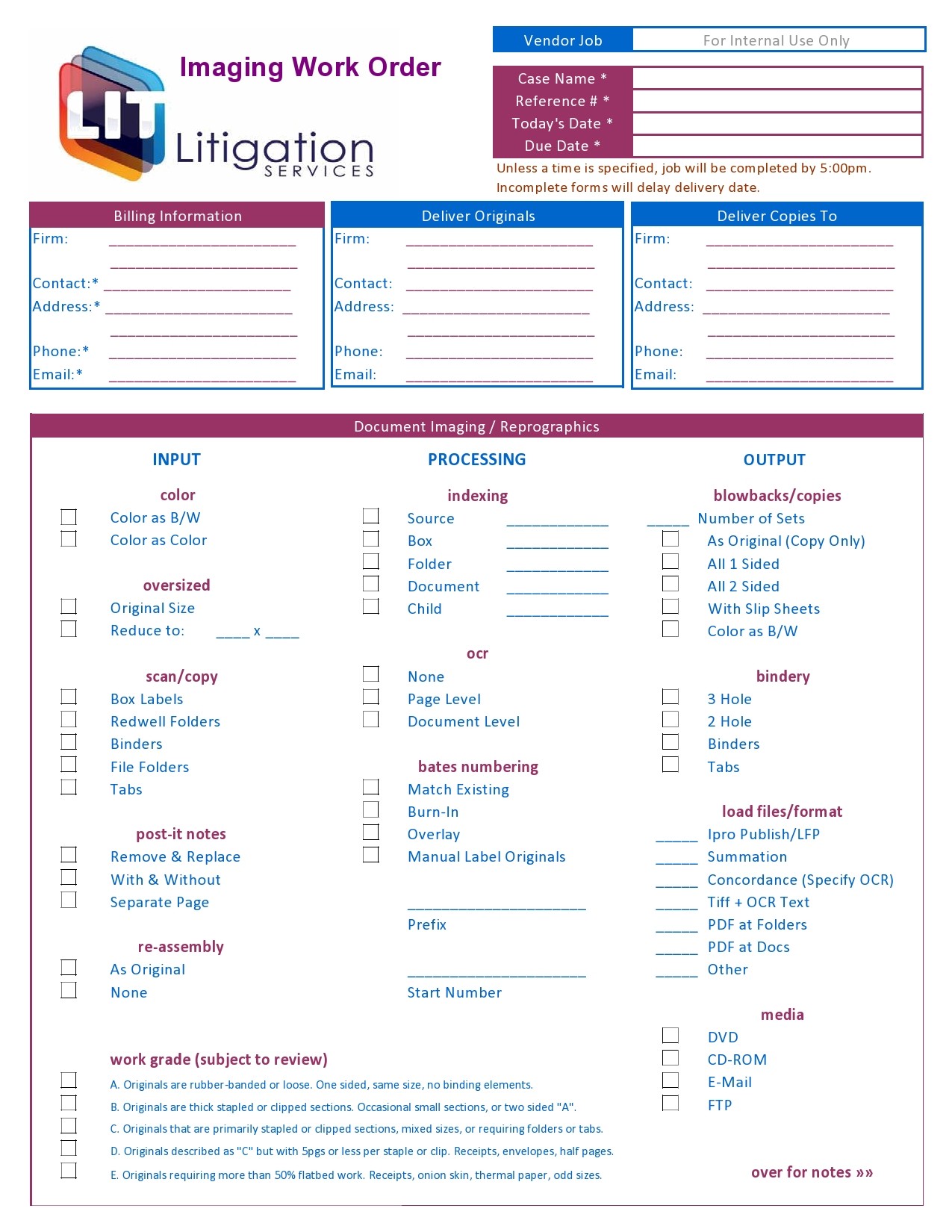
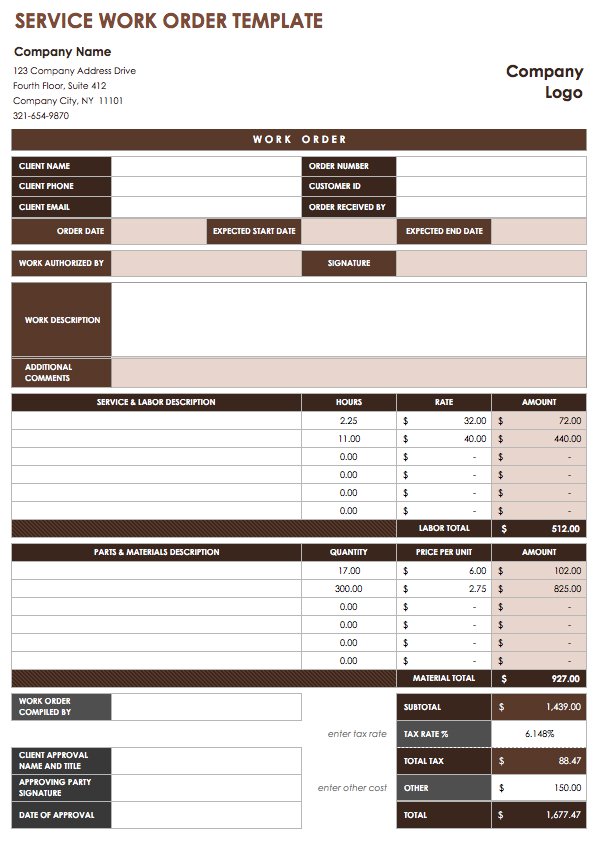
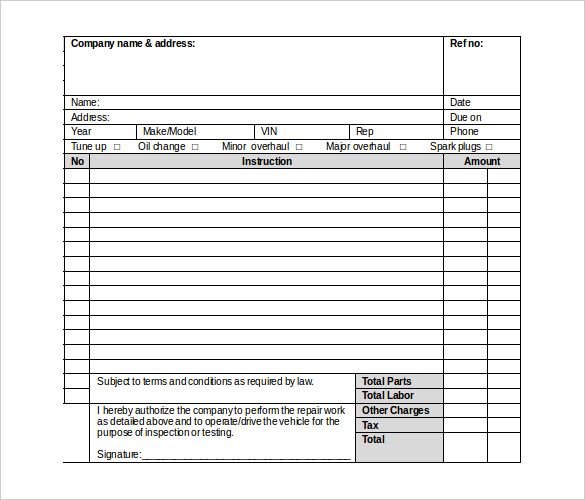
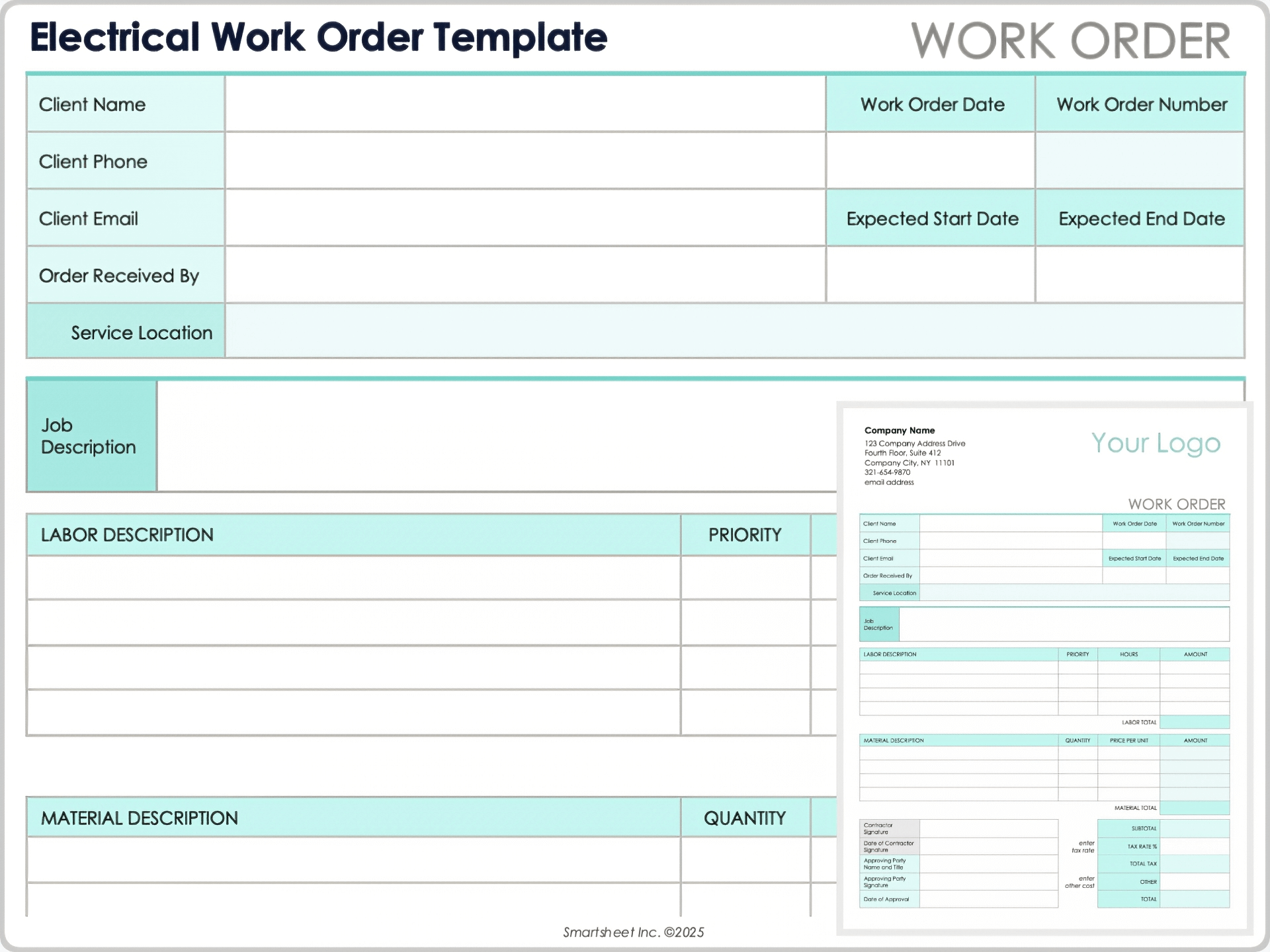
Tips for Successful Work Order Management
Here are some tips to help you successfully manage work orders in your business:
- Use Templates: Save time by creating standardized work order templates for common tasks.
- Provide Training: Ensure that employees understand how to fill out and follow work orders correctly.
- Implement a System: Use a digital or paper-based system to track and manage work orders efficiently.
- Regularly Review and Update: Keep work order templates up to date and review completed work orders for improvements.
- Communicate Clearly: Make sure all instructions and expectations are communicated clearly in the work order.
- Track Progress: Use work orders to track progress on tasks and identify any bottlenecks or delays.
- Solicit Feedback: Ask employees for feedback on the work order process and make adjustments as needed.
In Conclusion
work orders are an essential tool for businesses looking to improve organization, communication, and efficiency in their operations. By following the tips outlined in this guide and creating clear and detailed work orders, you can streamline your workflow and ensure that tasks are completed on time and to the highest standards. Take the time to implement a work order system that works for your business, and watch as productivity and effectiveness soar.